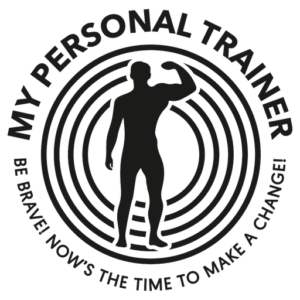Building muscle and transforming your physique will be one of the toughest processes you will ever go through, both physically and mentally. One of the main reasons why it’s considered to be so difficult is due to the fact that there is so much to wrap your head around.
With countless diet programs and training routines to follow, knowing where to start can be overwhelming to aspiring bodybuilders to say the very least. The MY PERSONAL TRAINER app can help cut through the nonsense.
One of the simplest and most effective training strategies for anybody looking to increase their muscle mass, though, is what is known as progressive overload training, which is what we’re going to be looking at today.
What is progressive overload training?
To cut right to the chase, progressive overload training is a training principle in which the objective is to continually increase the demands placed upon your musculoskeletal system in order to facilitate muscle hypertrophy.
Put simply, progressive overload training is basically a training principle in which you are constantly working your muscles harder and pushing them harder with each training session in order to help you to build more muscle and get bigger and stronger in the process.
Different methods of progressive overload
In order to progressively overload the muscles, you need to work them harder than they’re used to being worked.
Here are a few ways of doing precisely that:
Increase the weight
One of the simplest and most effective ways of incorporating progressive overloading into your training routine is to increase the weight.
If for example, you’re bench pressing 60 kilograms for 15 reps and are barely breaking a sweat, this weight is obviously way too light so go ahead and throw on more weight. Try adding an extra 10 kilograms per side and see how many reps you can hit.
If that still feels too easy, again, add a little more. Ideally you should be hitting 6 – 8 reps until you begin to reach failure, though that will depend on the exercise and the routine you’re following.
Perform more reps
Not everybody can train with heavy weights, and not everybody will want to. A great alternative here is to perform more reps instead.
If you typically perform 8 – 10 reps per exercise with a certain weight, stick with that same weight but instead aim to perform, say, 14 – 16 reps.
Simply doing more than the body and the muscles are used to is a great way of shocking the muscles, which in turn will result in more muscle mass.
If you do wish to train beyond failure, a couple of great ways of getting more reps is to have a spotter help you force out a few more, or by utilizing the rest-pause technique. This is basically where you reach failure, you’ll take a few moments to catch your breath and recover, and you will perform a couple of extra reps.
Pump up the volume
Another simple yet effective progressive overloading strategy is to increase the volume.
No, we’re not talking about the volume of your workout soundtrack (although that can help you to train harder) instead we’re talking about performing more sets, reps, and lifting more weight.
Instead of doing 3 working sets per muscle group, try 4 or 5 working sets, or do more reps and/or lift more weight.
Increase your training frequency
One great way of incorporating progressive overload training into your workouts is to increase your training frequency. This basically means working out more, perhaps by another day.
If you normally workout 4 days per week, why not throw in a 5th training day and use it to work on muscle groups which you consider to be your weaknesses. Alternatively, you could use it as an assistance day, which basically means performing exercises that will assist you with tougher compound lifts instead.


